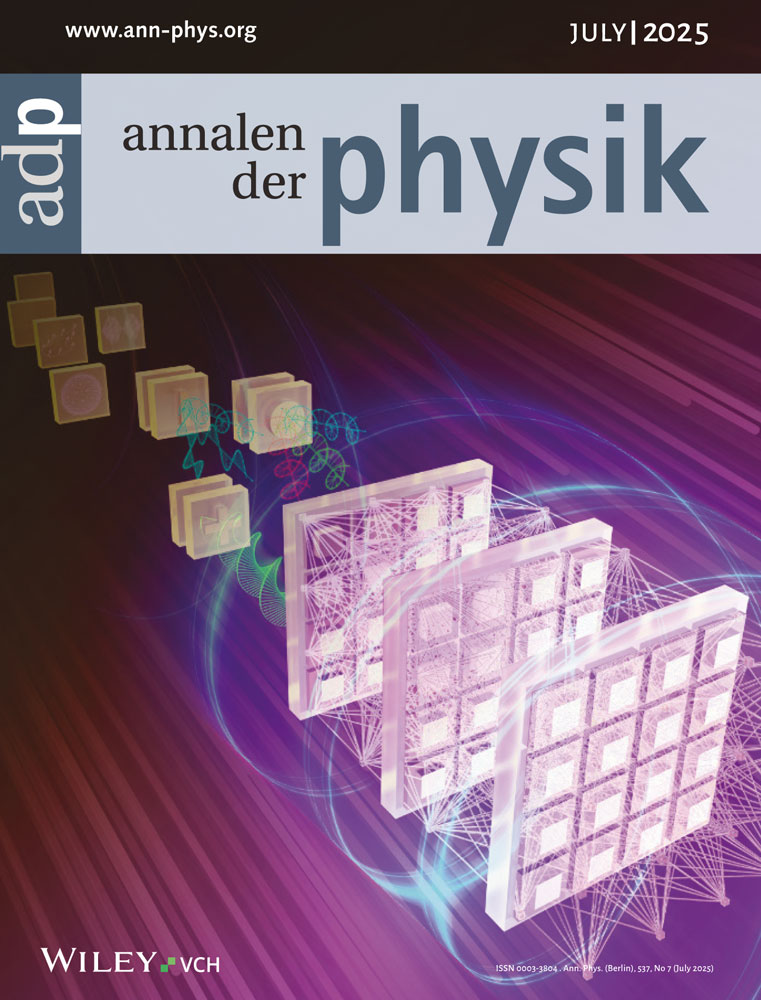Bound Three Alpha Particles Model for the 12C Nucleus as a Three-Body Problem
Abstract
enThe alpha cluster model is used in the description of the 12C nucleus. This model introduces the 12C nucleus as composed of bound three alpha particles. According to this model, the 12C nucleus is studied as a three-body problem. Three-body integral equations are obtained by using non local separable potentials for the nuclear alpha-alpha interactions. The separable two-body interactions used, consist of both attraction and repulsion. The alpha-alpha interactions are taken to be of the Gaussian potential form. The different parameters of the alpha-alpha interaction are obtained by fitting the corresponding alpha-alpha phase shifts. The different form factors are calculated. Also, numerical calculations of the resulting three-body integral equations are carried out to obtain the binding energy of this bound state. The theoretically calculated value of the binding energy of the 12C nucleus as bound three-alpha particles is in good agreement with experimental value.
Abstract
deDas Modell dreier gebundener Alpha-Teilchen für 12C – der Atomkern als Dreikörperproblem
Das Alpha-Clustermodell wird zur Beschreibung des 12C-Kernes herangezogen. Der Kern setzt sich dabei aus drei Alpha-Teilchen zusammen. Entsprechend wird er als Dreikörperproblem behandelt. Unter Benutzung nicht lokal separierbarer Potentiale für die Alpha-Alpha-Wechselwirkung erhält man Integralgleichungen des Dreikörperproblems. Die benutzte separable Zweikörperwechselwirkung besteht sowohl aus Anziehung und Abstoßung. Die Alpha-Alpha-Wechselwirkung ist in der Gauss'schen Potentialform genommen. Ihre Parameter werden durch Anpassung an die entsprechende Alpha-Alpha-Phasenverschiebung erhalten. Die unterschiedlichen Formfaktoren werden berechnet. Numerische Lösungen der erhaltenen Integralgleichungen wurden betrachtet, um die Bindungsenergie des gebundenen Zustands zu erhalten. Die Resultate sind in guter Übereinstimmung mit experimentellen Werten für 12C.




